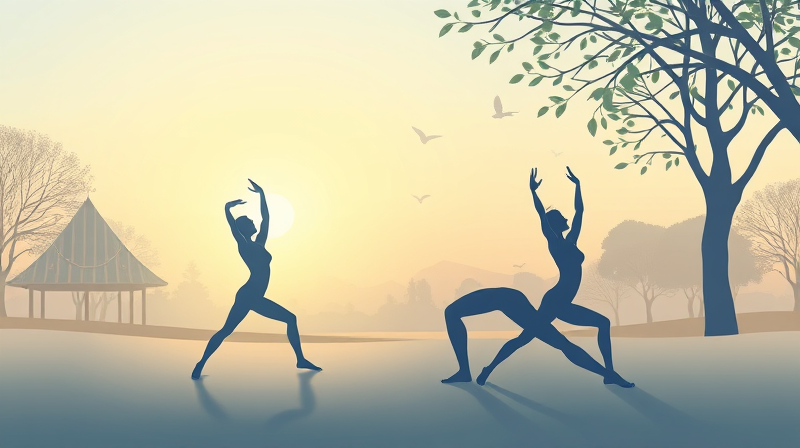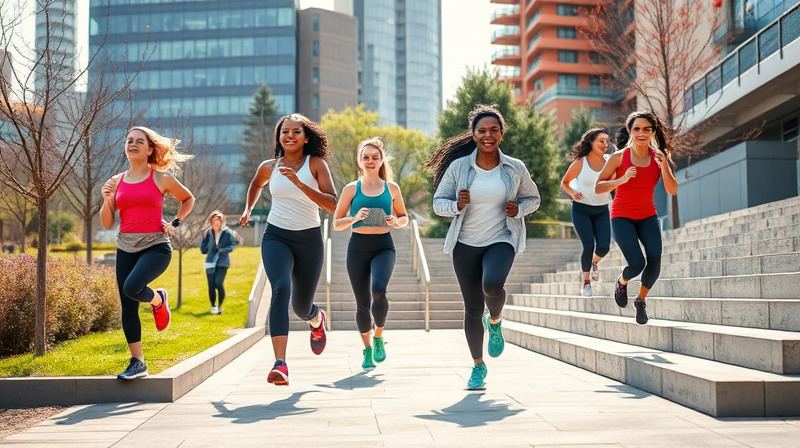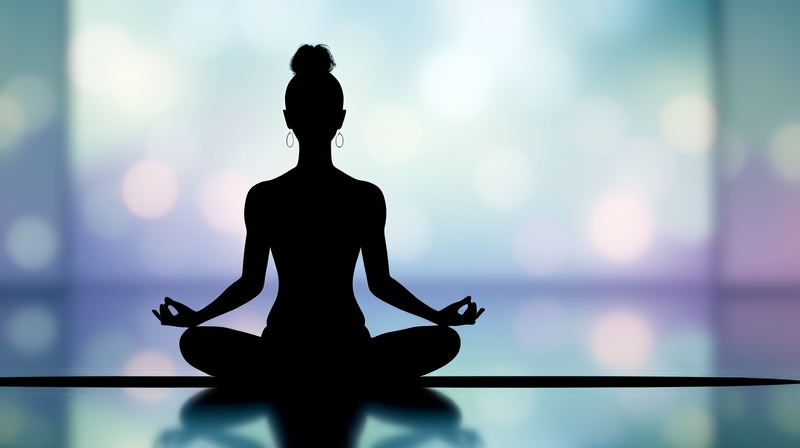Stretching and muscle relaxation are essential not only for athletes or those recovering from injuries, but also for anyone seeking to improve flexibility and reduce daily muscle tension. Incorporating techniques such as static stretching, dynamic movements, and mindful practices into your regular routine can make a significant difference in your overall physical and mental well-being.
Regular stretching enhances blood circulation, increases muscle elasticity, and lowers the risk of injuries. When practiced consistently, these exercises contribute to a more relaxed state of mind and body, making it easier to cope with stress and tension.
Effective Techniques to Incorporate
Choosing the right stretching method can boost your routine’s effectiveness. Consider the following techniques to target muscle tension safely and efficiently:
- Static Stretching: Involves holding stretches for 15-60 seconds at a time. This method helps gradually elongate muscles and is particularly beneficial after workouts or during rehabilitation.
- Dynamic Stretching: Characterized by continuous movements like leg swings or arm circles, dynamic stretches prepare muscles for exercise and help improve range of motion.
- Proprioceptive Neuromuscular Facilitation (PNF): Combines muscle contraction with stretching to intensify flexibility improvements. This method may be practiced with a partner or with the aid of resistance bands.
- Assisted Stretching: Performed under the guidance of a professional, assisted stretching ensures proper form and helps achieve deeper tension release, promoting better muscle coordination.
- Somatic Stretching: Focuses on gentle, mindful movements and coordinated breathing to relieve built-up tension and enhance body awareness.
Each of these techniques offers unique benefits, and mixing different methods can add variety to your routine while targeting various muscle groups effectively.
Before beginning any stretching session, remember that a proper warm-up is essential. Light activities such as brisk walking or gentle jogging for 5-10 minutes help prepare your muscles for further work by increasing body temperature and blood flow.
Avoid bouncing while stretching, as this can lead to muscle strain. Instead, transition into a slow, controlled movement, holding each position for about 15-30 seconds to allow the muscles to relax naturally.
For those new to stretching or with pre-existing injuries, it’s important to pay attention to your body's signals. Stretch to the point of mild tension but always stop if you feel any pain. Modify any techniques to fit your unique needs to ensure safety and effectiveness.
Simple Stretches for Immediate Relief
If you're experiencing local or general muscle tightness, try incorporating these easy-to-follow exercises into your daily routine:
- Cat and Camel Stretch: This exercise helps alleviate back and hip tension by alternating between rounding and arching your back while on hands and knees.
- Hamstring Stretch: While lying on your back, lift one leg at a time and gently pull it toward your chest to ease tightness in the back of your thighs.
- Single Knee-to-Chest Stretch: Lying down and pulling one knee toward your chest can relieve lower back and hip tightness.
- Piriformis Stretch: Cross one ankle over the opposite knee and apply gentle pressure to target the glutes and lower back muscles.
- Neck and Shoulder Rolls: Gentle circular movements in the neck and shoulder areas are effective in releasing built-up tension.
Introducing these exercises into your regimen can make a notable impact on reducing overall muscle tension, thus improving coordination and relieving chronic discomfort.
Beyond stretching, alternative techniques such as massage therapy, heat application, and practices like yoga or tai chi offer further avenues to combat muscle tension. These approaches not only soothe your muscles but also promote a relaxed, mindful lifestyle.
In situations where muscle tension remains persistent, consider exploring progressive muscle relaxation techniques. This method encourages you to systematically tense and then release each muscle group, thereby fostering a higher level of body awareness and facilitating deeper relaxation.
With the benefits of stretching extending far beyond mere physical improvements, making it a regular part of your routine can transform both your physical health and mental outlook. Whether integrating static holds, dynamic stretches, or mindful somatic exercises, the key to enduring benefits lies in regularity and proper technique.
In summary, a thoughtful combination of stretching and tension-reduction strategies can lead to improved mobility, enhanced flexibility, and a significant lowering of daily stress levels. Embrace these practices with an open mind, listen carefully to your body, and enjoy the journey towards a healthier, more resilient state of being.








